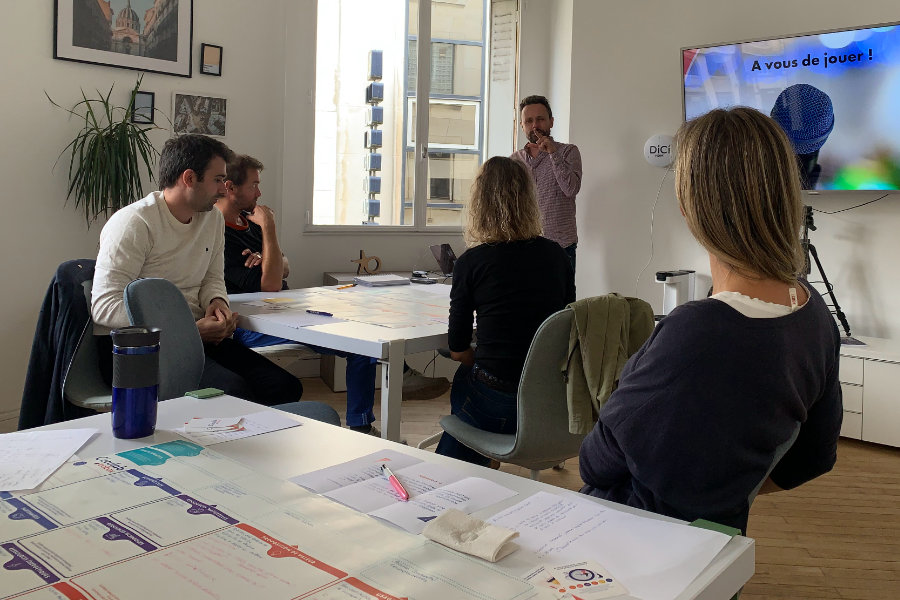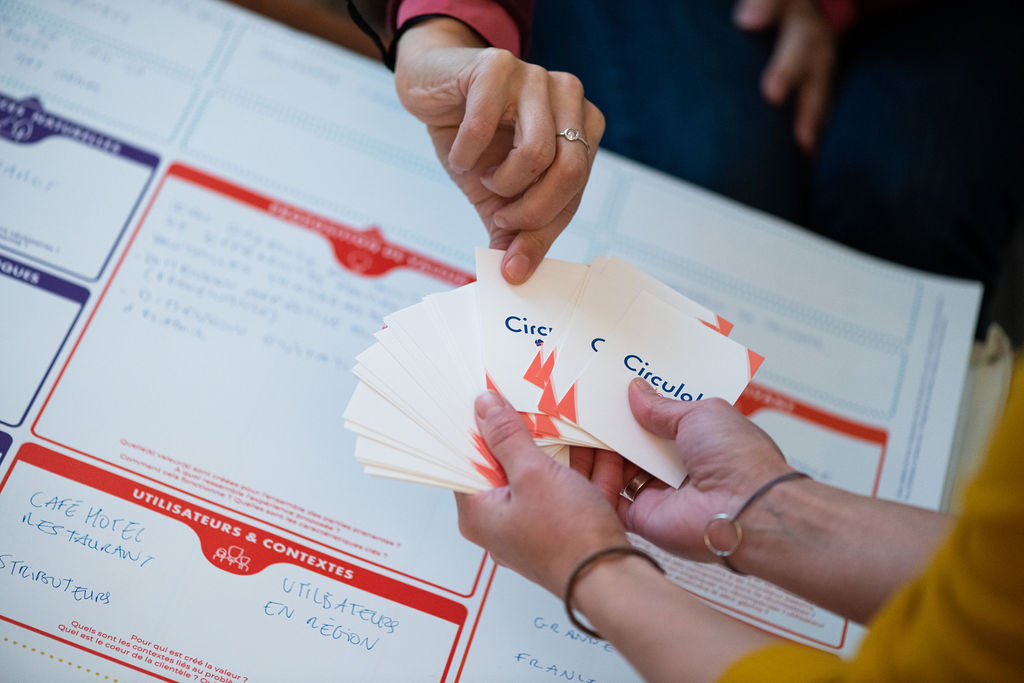The prerequisites to implement a circular economy
To implement a circular economy, it is essential for businesses to be open to change by training and transforming themselves. Circular economy courses enable businesses to understand what is at stake in this approach. They also provide them with the tools and methods they need to put it into practice. This training can be provided by circular economy experts, such as those at the Circulab Academy, who offer an innovative approach based on a circular canvas business model.
Companies must also be prepared to change the way they produce, consume and manage their waste. The entire production process needs to be rethought, by integrating circularity principles from the start. This may involve reorganising the whole business, investing in new technologies and collaborating with other companies.
The keys to create new business models
Circular Economy encourages companies to innovate and rethink the way they design their offers. Circular design is an approach that makes it possible to create more sustainable and responsible products by taking into account the system as a whole and their entire life cycle. Companies can also innovate by offering services that extend the life of products and reduce their environmental impact (e.g. product repair).
By adopting these practices, companies can create value for themselves and for society. By reducing their consumption of raw materials and using renewable resources, they can reduce their carbon footprint and their costs.


An approach that makes your business more resilient
To implement a circular economy, companies need to rethink their business model. Circular business models are based on the creation of virtuous loops in which one company's waste becomes another's raw materials. These models can take different forms, such as rental, repair, reconditioning or the establishment of recycling circuits.
A concrete example of a circular business model is ‘pay-per-use’. In this model, customers do not buy a product, but pay for its use. The company retains ownership of the product and can therefore guarantee its quality and durability. Once the product has reached the end of its life, the company can take it back for repair, reconditioning or recycling, creating a more virtuous and sustainable loop.
In addition to its environmental benefits, Circular Economy is also an interesting economic approach. It helps to reduce production costs, innovate and create value for businesses. Moreover, by reducing their dependence on non-renewable resources, they make their businesses more resilient to various climatic and human events.
Many businesses have already adopted a circular economy and have seen positive results. However, to ensure that this approach becomes widespread, governments and institutions need to support and encourage businesses to go down this route. Policies and tax incentives can be put in place to encourage the adoption of circular practices.
Transform your business model
With our circular design tool, the Circular Canvas, you can adapt to a constantly changing world and make your business resilient.
